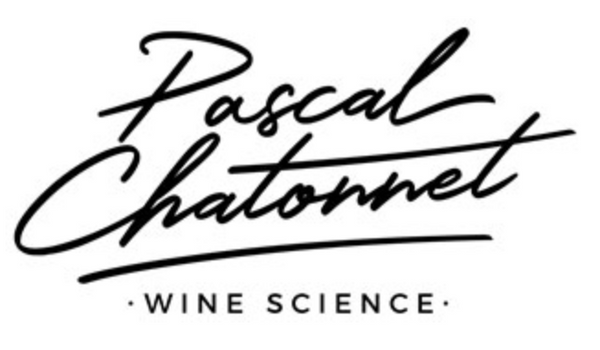One of the main disadvantages of the Agro-Synergic approach, just as in Organic and Biodynamic, is the repeated use of copper to fight against Mildew because we do not have anything better available. Sprays of willow and wicker, whether energized or not, are only effective when there is no extreme climatic pressure favorable to the disease (rain and persistent morning dew).
I have spoken widely on the subject of copper toxicity and on the limitation implied by having few or no control alternatives 1. The Agro-Synergic approach, by diversifying the tools of action, should make it possible to drastically reduce the cumulative doses of this metal likely to accumulate in the long term and to disturb in particular our dear earthworms beyond a certain concentration. By combining the tools aimed at acting on the parasite and on the other hand on the plant and its environment, we arrive at
considerably reduce the doses of copper provided (the current limit is 4 kg/ha/year in Organic with 28 kg/ha smoothed over 7 years or even 3 kg/ha/year in Biodynamics) on the condition of applying without fail and without delay when we know that the humidity (in the broad sense: rain, persistent dew) of the moment will induce contamination by cryptogam. Much more than the dose, it is the momentum of the treatment that matters most. Apart from infusions of preparations of certain plants (wicker, horsetail, willow, all providers of salicylic acid and/or silica and essential oils of orange or oregano)
which are effective in the presence of low disease pressure, it will therefore be possible to use derivatives of phosphonic acid (potassium and sodium phosphonate) which have a direct action on the zoospores of Downy mildew but above all remarkable properties of stimulating the natural defenses of the vine, particularly useful when the pressure increases at the moment when the vine becomes extremely sensitive (the vine in a state of flowering and even more so at the young fruit stage, is marked by marked proteolysis, with a very clear drop in protein content in mature leaves,
to promote the development of these new organs but which increases their attractiveness and their sensitivity to cryptogams 2). Unlike the preparations that we conventionally use (contact product that can be washed out as soon as the rain reaches 20 mm), the phosphonates penetrate the plant and are carried by its sap (systemic product) and are therefore protected from leaching. Even if this product is found to be degraded in the form of residues in the finished wine, its residue (phosphorous acid at a few milligrams per liter) has no toxicity or disadvantage for the environment at the concentrations
employees. It would be a shame to deprive oneself of its use if necessary on the pretext that it is not authorized in the Bio/Biodynamic reference system for the sole reason that it cannot be differentiated by analysis of the residue. use of mineral phosphonates from the use of aluminum fosetyl, resulting from complex synthetic chemistry, but which also presents no environmental disadvantages... The "natural" nature of the inputs imposed in the
https://pascalchatonnet.com/toxicite-du-cuivre-en-viticulture-mythes-et-realites
PANTANELLI E. (1921), Contribution to the biology of downy mildew of the vine. Prog. agric.et vitic., LXXV, 87, III, 161
Organic and Biodynamics often border on the ridiculous, do not obey pure logic and prohibit the benefit of obvious technical progress, not Agro-Synergy 3.
But the fundamental approach must remain that of the natural balance of the plant. A properly nourished plant, planted in an environment that is favorable to it (soil/microclimate), thus benefiting from a balanced microbiota, both on the surface (phylobiota) and inside the plant (endophytobiota) that around its rhizosphere (rhizobiota), must be able to better resist its parasites.
When it is necessary to intervene to help it resist better, the conditions
rapid intervention and the quality of the sprays are essential. We have equipped ourselves with spraying means allowing us to treat all of our surfaces during the day and we control the actual quality of the sprays carried out on and in the foliage by effective measurements. No a priori, only verified facts allow.

